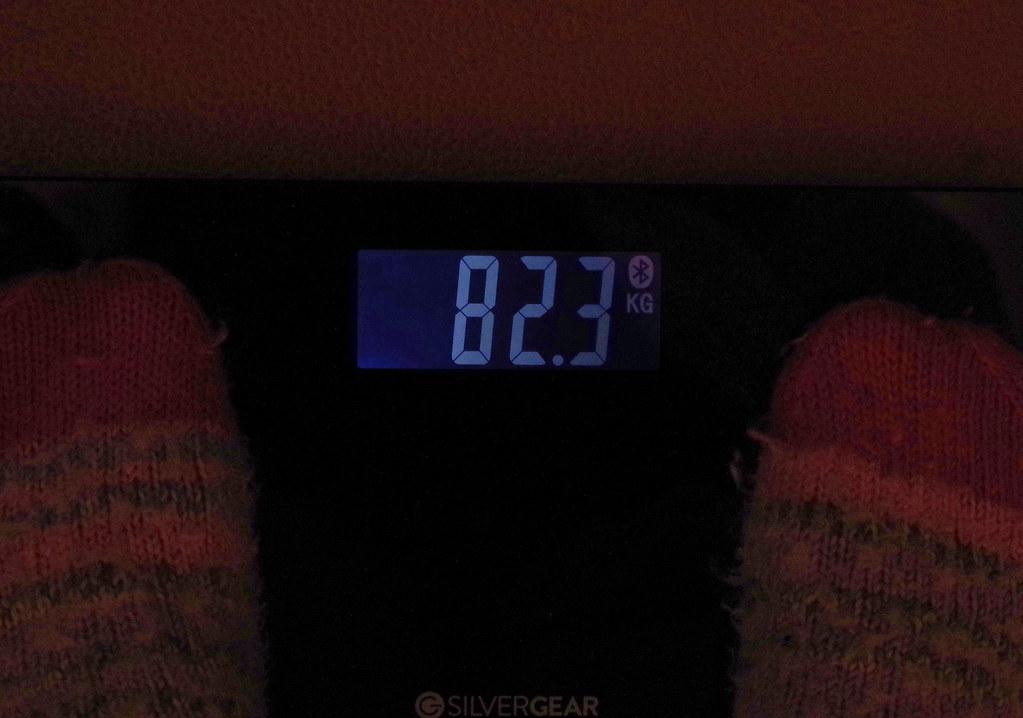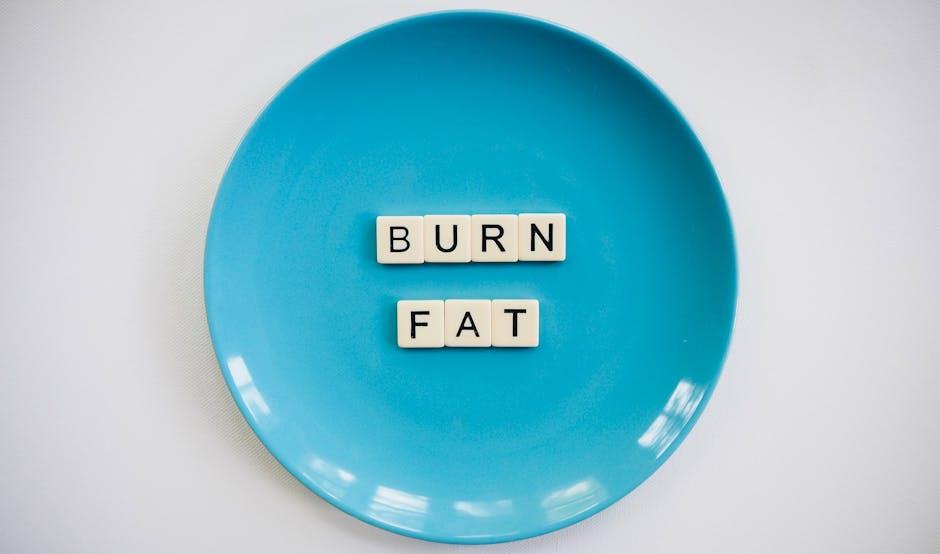In the realm of health and fitness, a delicate balance exists between two often competing goals: shedding pounds and building strength. As the sun rises on a new era of wellness, individuals find themselves at a crossroads, questioning whether the pursuit of a leaner physique should eclipse the quest for muscular fortitude. This debate is more than skin deep, intertwining with personal aspirations, cultural narratives, and evolving scientific insights. In this article, we embark on an exploratory journey, unraveling the intricate tapestry of weight loss and strength building. By examining the merits and motivations behind each path, we aim to illuminate the factors that guide individuals in prioritizing one over the other, or perhaps, discovering harmony in the interplay of both.
Balancing the Scales Understanding the Importance of Weight Loss and Strength Building
In the quest for a healthier lifestyle, it’s common to wonder whether shedding pounds should take precedence over building strength. Both approaches offer distinct advantages, yet they are often seen as opposing goals. Weight loss is typically pursued for its potential to enhance mobility, reduce the risk of chronic diseases, and improve overall well-being. On the other hand, strength building provides benefits such as increased muscle mass, improved bone density, and enhanced metabolic rate.
- Weight Loss Benefits: Lower risk of heart disease, diabetes management, and improved joint health.
- Strength Building Benefits: Increased muscle endurance, better posture, and enhanced functional fitness.
Understanding the symbiotic relationship between these two objectives can lead to a more balanced approach. Emphasizing one over the other may not be necessary, as combining them could yield the most comprehensive health benefits. A holistic strategy that integrates both weight loss and strength training can ensure sustainable health improvements while supporting a well-rounded fitness routine.

Navigating Health Goals How to Align Weight Loss and Muscle Development
When it comes to pursuing both weight loss and muscle development, understanding how to align these goals can make all the difference. Balancing caloric intake is essential; you need enough calories to fuel workouts and support muscle growth while still creating a deficit for weight loss. This requires a keen focus on nutrient-dense foods, rich in protein, healthy fats, and complex carbohydrates.
- Protein intake is crucial for muscle repair and growth. Aim for lean sources like chicken, fish, tofu, and legumes.
- Incorporate strength training into your routine to build muscle mass, which in turn can boost metabolism and aid in fat loss.
- Prioritize recovery with adequate sleep and hydration, as these are key for both weight management and muscle recovery.
Moreover, setting realistic and individualized goals helps in maintaining motivation and achieving a sustainable lifestyle change. Remember, the journey is not linear, and it’s important to be adaptable and patient with your progress.

The Science Behind the Sweat Evaluating the Benefits of Combined Fitness Strategies
Exploring the intricate dynamics of fitness unveils a complex tapestry where weight loss and strength building are often seen as distinct, yet intertwined, pursuits. By delving into the science of sweat, we can appreciate how combining these strategies can optimize overall health and performance. The physiological benefits of weight loss, such as improved cardiovascular health and reduced joint stress, are well-documented. However, strength building offers a unique set of advantages, including enhanced muscle mass, increased metabolism, and improved bone density.
When integrating these approaches, several synergistic benefits emerge:
- Enhanced Fat Loss: Strength training increases lean muscle mass, which boosts resting metabolic rate, aiding in more effective fat loss.
- Improved Functional Fitness: A combination of cardio and strength exercises improves overall physical capabilities, making daily activities easier.
- Balanced Hormonal Response: The dual approach can help regulate hormones, such as insulin and cortisol, contributing to better weight management and mood stability.
By leveraging the strengths of both fitness strategies, individuals can achieve a more balanced and sustainable approach to health and wellness.
Crafting Your Fitness Journey Personalized Approaches to Weight and Strength Priorities
When designing your fitness journey, it’s essential to consider a personalized approach that aligns with your individual goals, lifestyle, and preferences. For some, the immediate goal might be shedding a few pounds, while others may aim to build muscle and enhance strength. Here are some factors to consider when deciding which path to prioritize:
- Personal Goals: Determine what you want to achieve in the long term. Are you looking to fit into a specific dress size, or are you dreaming of lifting heavier weights at the gym?
- Body Composition: Consider your current body composition and how weight loss or strength building might affect it. Sometimes, focusing on strength can lead to a more toned appearance, even if the scale doesn’t move as much.
- Time Commitment: Reflect on how much time you can realistically dedicate to your fitness routine. Strength training might require different scheduling compared to a weight loss-focused regimen.
- Lifestyle Compatibility: Choose a plan that fits seamlessly into your daily life. A sustainable approach often leads to better adherence and results.
Ultimately, the decision should be based on what feels most fulfilling and sustainable for you. Whether you choose to focus on weight loss, strength, or a blend of both, aligning your fitness journey with your personal priorities can lead to a more rewarding experience.

